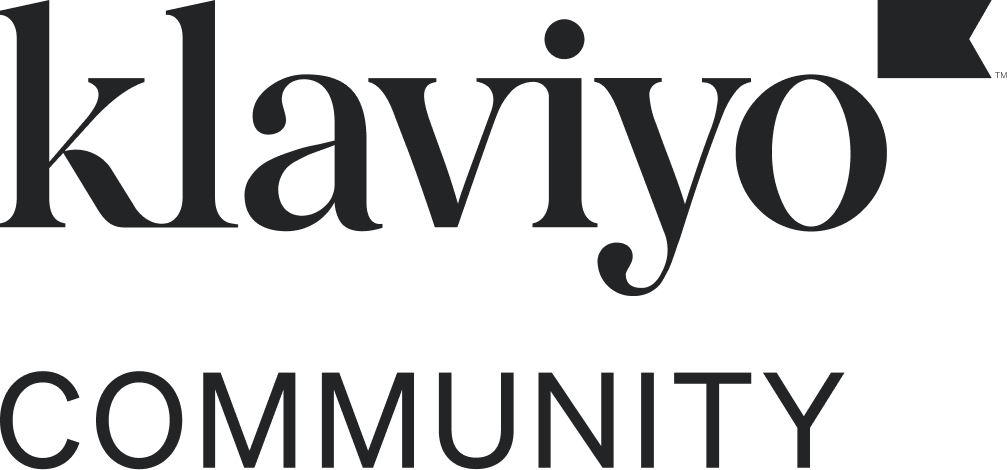Hi!
This is almost difficult to explain but here we go
- I have a list that is populated via Google sheets → Zapier
- One of the Custom properties added to each profile is a unique URL
- I want to find a way to include this unique URL, for each respective profile, in one of the emails in a flow
- Prefereably I would like it to be a button, that links to their unique URL that they have as a custom propery
Does that make sense?
I have been looking at dynamic properties etc. but I can’t seem to find exactly what I am looking for.
Best,
nybrob
Best answer by David To
View original



![[Academy] SMS Strategy Certificate Badge](https://uploads-us-west-2.insided.com/klaviyo-en/attachment/2f867798-26d9-45fd-ada7-3e4271dcb460_thumb.png)

